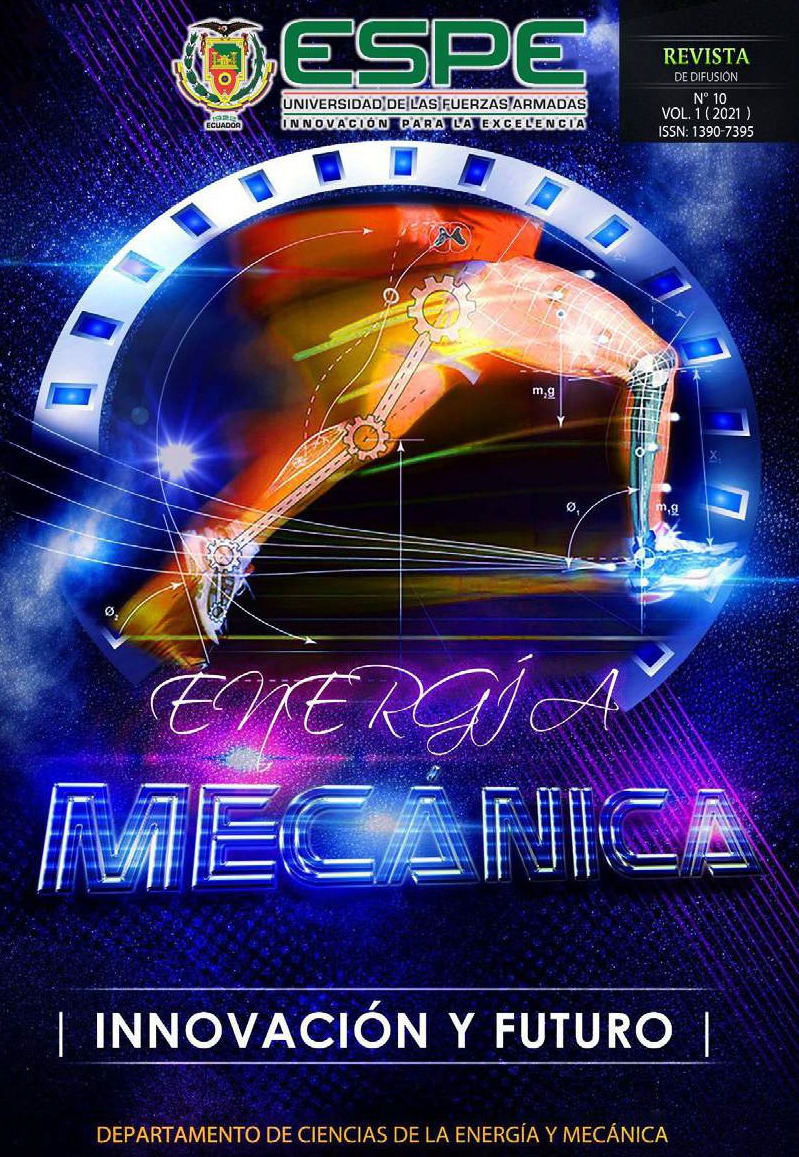DECAIMIENTO ALFA: UNA REVISIÓN A LA TEORÍA DE GEORGE GAMOW ALPHA DECAY: A REVIEW OF GEORGE GAMOW’S THEORY
DOI:
https://doi.org/10.24133/EMIF.V10.9i.3903Abstract
La radiactividad es el proceso de desintegración
y transformación espontánea de núcleos atómicos
volátiles, seguido de la emisión de radiación. George
Gamow fue capaz de utilizar la mecánica cuántica
para explicar el fenómeno radiactivo del decaimiento
alfa a través de un proceso llamado tunelización.
Las partículas α son estructuralmente equivalentes
al núcleo de un átomo de Helio y constan de dos
protones y dos neutrones. Básicamente el argumento
es que una partícula alfa no necesita tener suficiente
energía para superar la barrera potencial del núcleo,
simplemente tunelea a través de él. En este artículo
se hace una revisión a los conceptos y se desentrañan
los cálculos que utilizó Gamow para poder explicar su
teoría de decaimiento.
Palabras Clave: Decaimiento alfa, radiactividad,
tunelamiento cuántico, mecánica cuántica.
Abstract
Radioactivity is the process of spontaneous decay and
transformation of volatile atomic nuclei, followed by
the emission of radiation. George Gamow was able
to use quantum mechanics to explain the radioactive
phenomenon of alpha decay through a process called
tunneling. The α-particles are structurally equivalent
to the nucleus of a helium atom and consist of two
protons and two neutrons. Basically the argument is
that an alpha particle does not need enough energy
to overcome the potential barrier of the nucleus, it
tunnels through it. This article reviews the concepts
and unravels the calculations that Gamow used to
explain his theory of decay.
Keywords: Alpha decay, radioactivity, quantum
tunneling, quantum mechanics.
Referencias
[1] Leon van Dommelen. Quantum Mechanics for
Engineers, Version 5.55 alpha. 2012.
[2] G. Gamow. Quantum Theory of the Atomic
Nucleus. 1928.
[3] David J. Griffiths. Introduction to Quantum
Mechanics (2nd Edition). 2nd. Pearson Prentice
Hall. isbn: 0131118927.
[4] Michael F L’Annunziata. Radioactivity:
introduction and history, from the quantum to
quarks; 2nd ed. Amsterdam: Elsevier, 2016. url:
https : / / cds . cern . ch / record / 2210635.
[5] W.E. Lee M.I. Ojovan. An Introduction to Nuclear
Waste Immobilisation; 2nd ed. Elsevier, 2014.
[6] A C Melissinos and Jim Napolitano. Experiments
in modern physics; 2nd ed. New York, NY:
Academic Press, 2003. url: https://cds.cern.ch/
record/897801.
[7] Eugen Merzbacher. “The Early History of
Quantum Tunneling”. In: Physics Today 55.8
(Aug. 2002), pp. 44–49. doi: 10.1063/1.1510281.
url: https://doi.org/10. 1063/1.1510281.
[8] Curt A. Moyer Raymond A. Serway Clement J.
Moses. Modern Physics, Third Edition. David
Harris, 2005.
[9] Thaddeus J. Trenn. “Rutherford on the Alpha
BetaGamma Classification of Radioactive
Rays”. In: Isis 67.1 (1976), pp. 61–75. issn: 00211753, 15456994. url: http: //www.jstor.org/
stable/231134.
Downloads
Published
Issue
Section
License
Los autores que publican en esta revista están de acuerdo con los siguientes términos:
Los autores conservan los derechos de autor y garantizan a la revista el derecho de ser la primera publicación del trabajo al igual que licenciado bajo una Creative Commons Attribution License que permite a otros compartir el trabajo con un reconocimiento de la autoría del trabajo y la publicación inicial en esta revista.
Los autores pueden establecer por separado acuerdos adicionales para la distribución no exclusiva de la versión de la obra publicada en la revista (por ejemplo, situarlo en un repositorio institucional o publicarlo en un libro), con un reconocimiento de su publicación inicial en esta revista.
Se permite y se anima a los autores a difundir sus trabajos electrónicamente (por ejemplo, en repositorios institucionales o en su propio sitio web) antes y durante el proceso de envío, ya que puede dar lugar a intercambios productivos, así como a una citación más temprana y mayor de los trabajos publicados.

